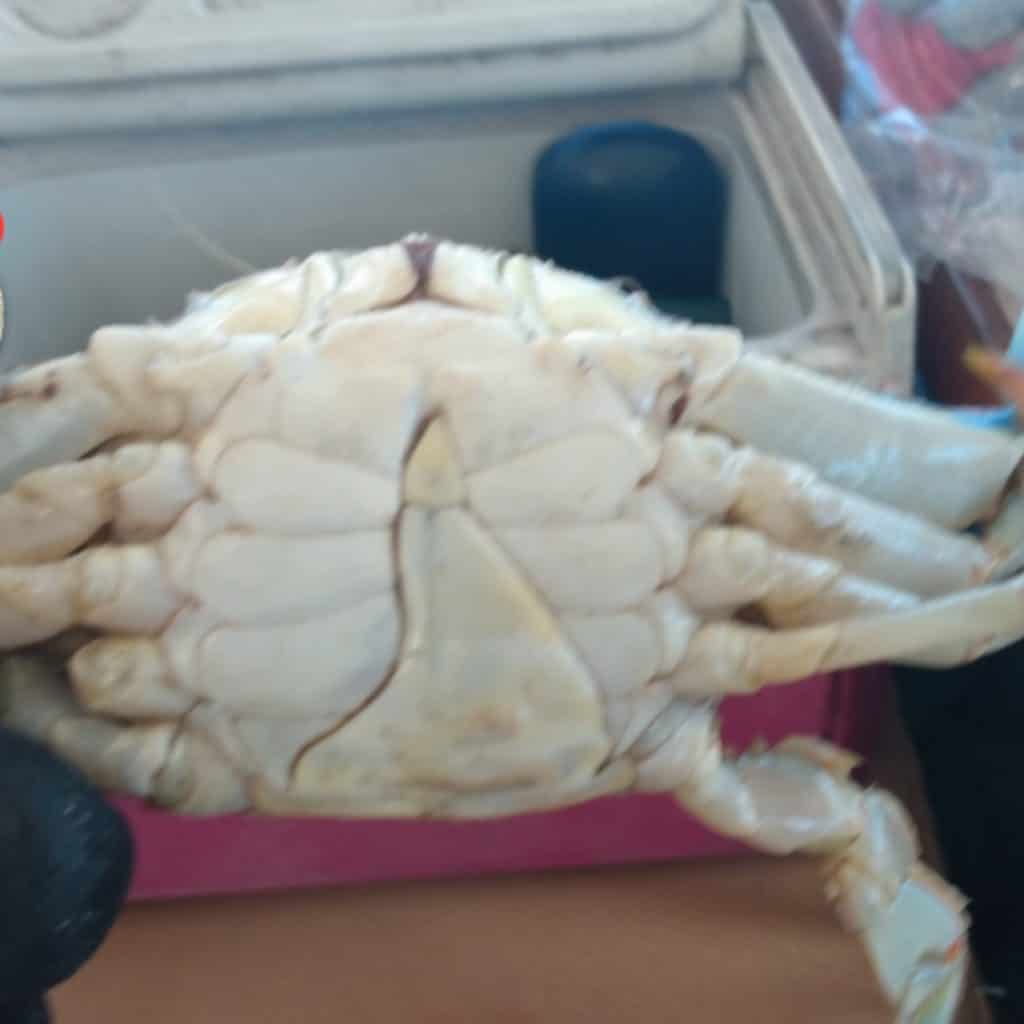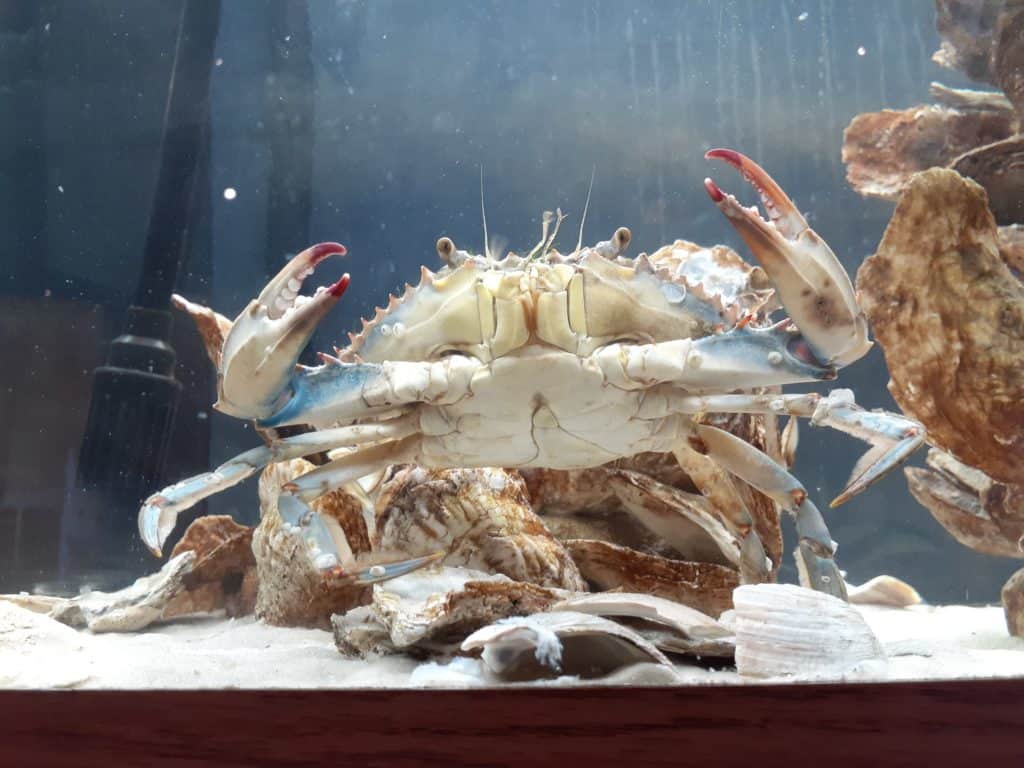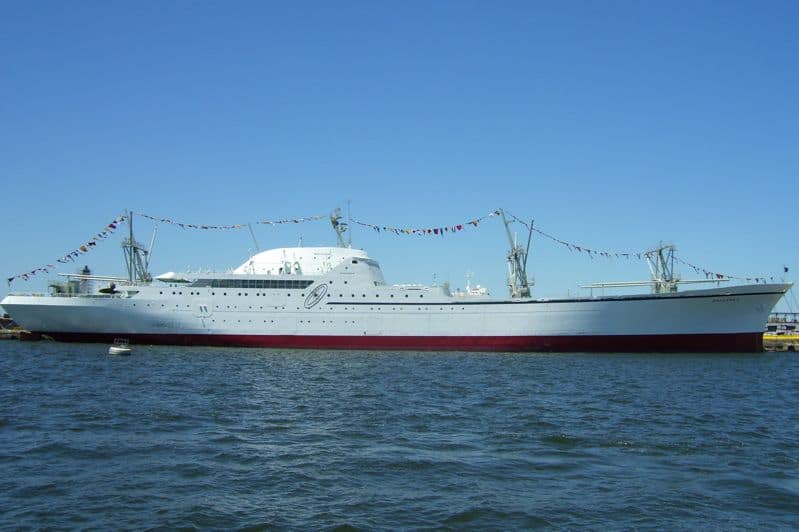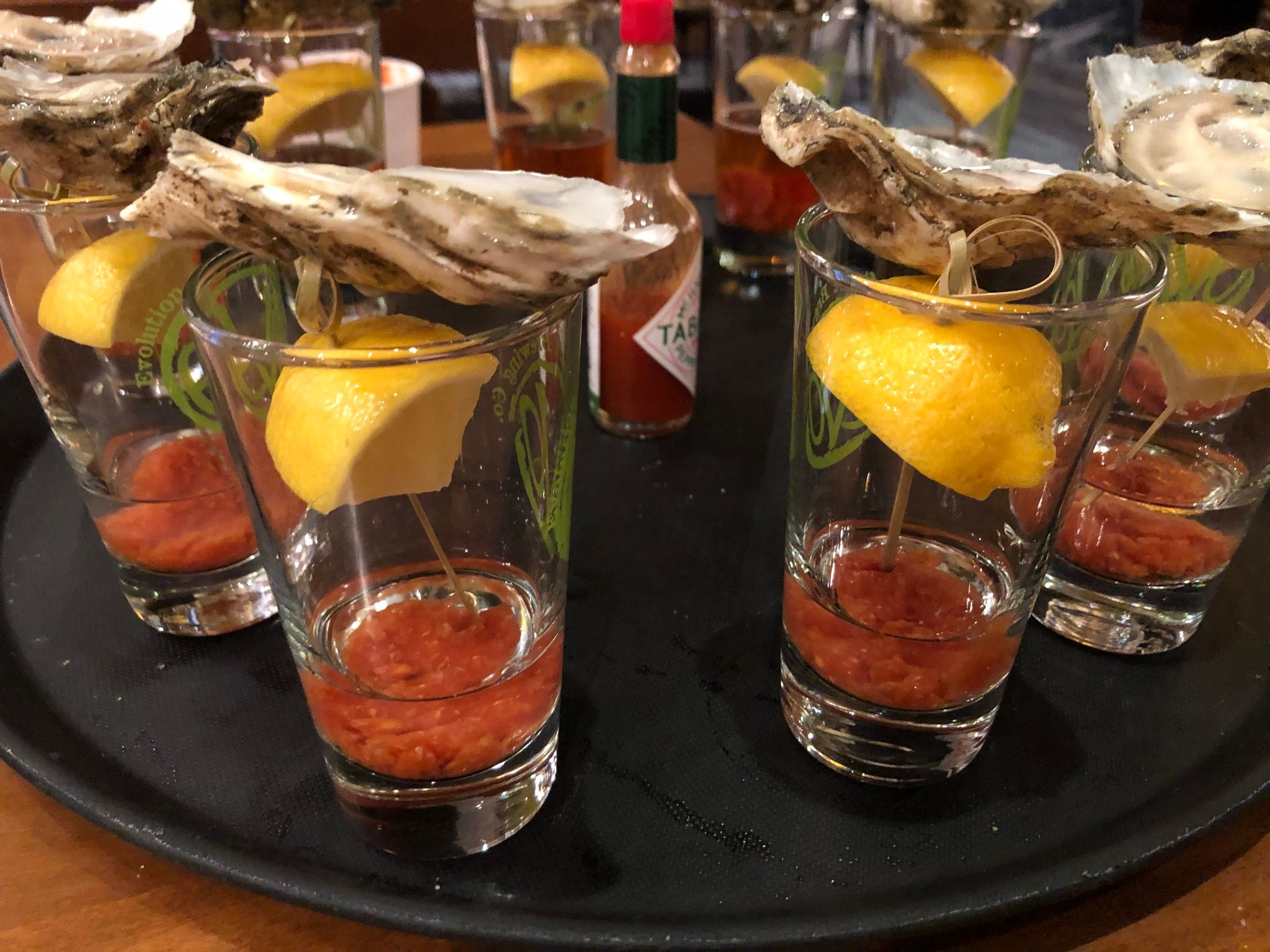If you’ve been around the Chesapeake Bay awhile, it’s likely you know the telltale signs of whether a blue crab is male or female: red claw tips and a wide apron (or underside, to non-crab enthusiasts) indicate female, blue claw tips and a T-shaped apron mean male.
Well, there’s a new attraction at the Delmarva Discovery Museum on the Pocomoke River that will have even the most faithful crab-eater confused. A crab that has recently taken up residence at the museum is half male, half female. Its apron is divided in half down the center, with half of each shape visible.

The unusual crab is called a bilateral gynandromorph, but commonly called hermaphrodite, the museum says. Only a few of these cases have ever been reported.
Back in 2005, the Virginia Institute of Marine Science (VIMS) studied a bilateral gynandromorph pulled from the Bay by watermen David Johnson and Robert Watson of Deltaville. Neither the watermen nor the scientists had ever seen one. It even had one red claw, one blue. There were also reports of a similar crab caught off Smith Island in 1979.
Waterman Jerry Smith of Smith Island caught the newest one. He’s been crabbing for about 40 years, and recognized this one as something special when he saw it, and donated it to the grateful Delmarva Discovery Museum.
VIMS scientists hope that studying bilateral gynandromorphs could provide insight on crab sexual development and breeding, and might someday help researchers trying to breed blue crabs in captivity.
The rare crab is on display in an aquarium at the museum at 2 Market Street in Pocomoke, Md. To learn more, check out delmarvadiscoverymuseum.org.
-Meg Walburn Viviano




